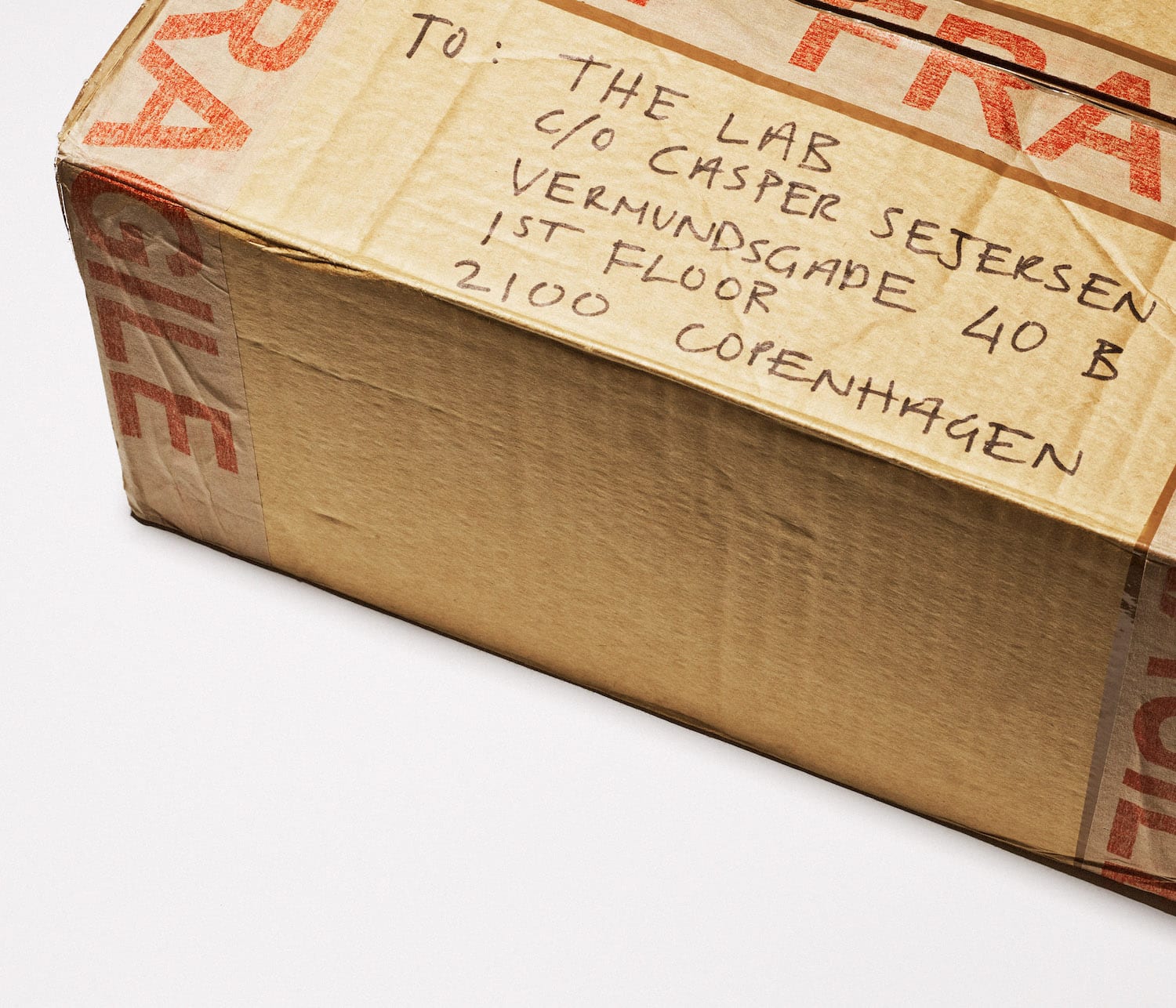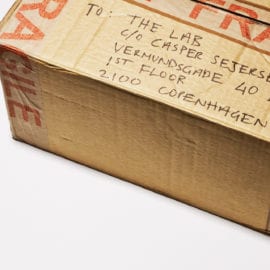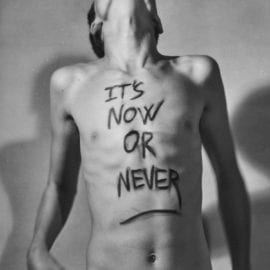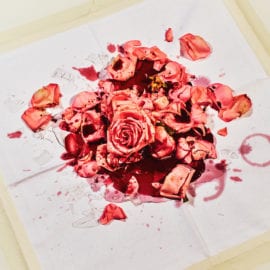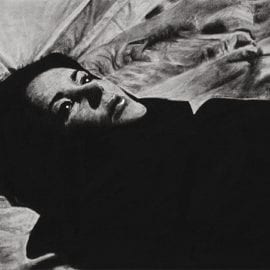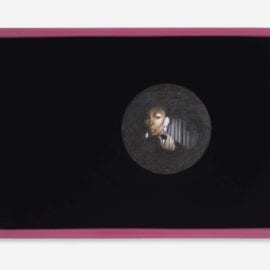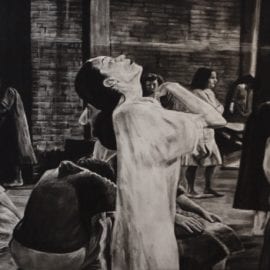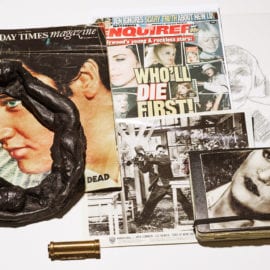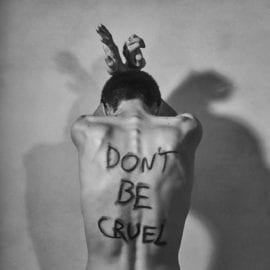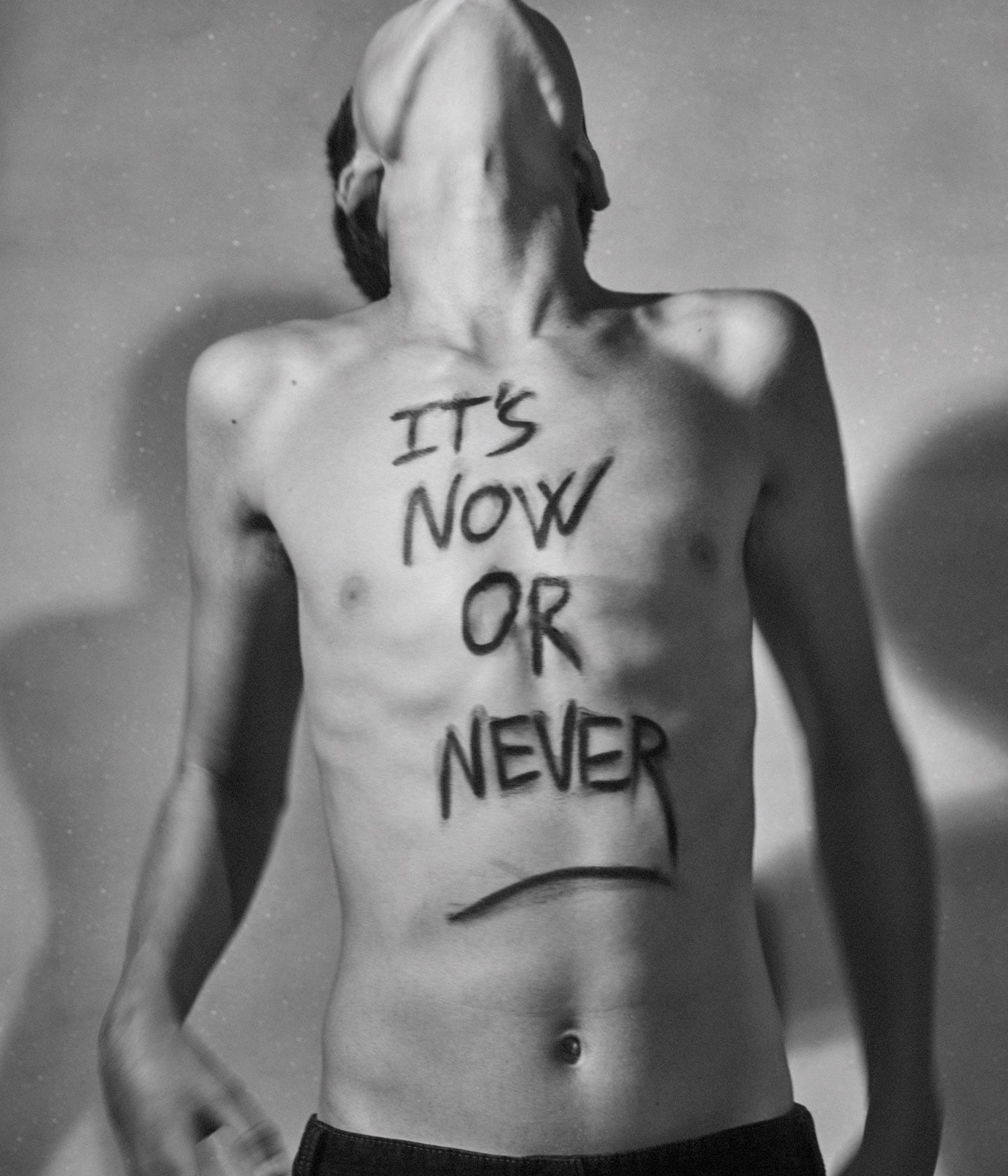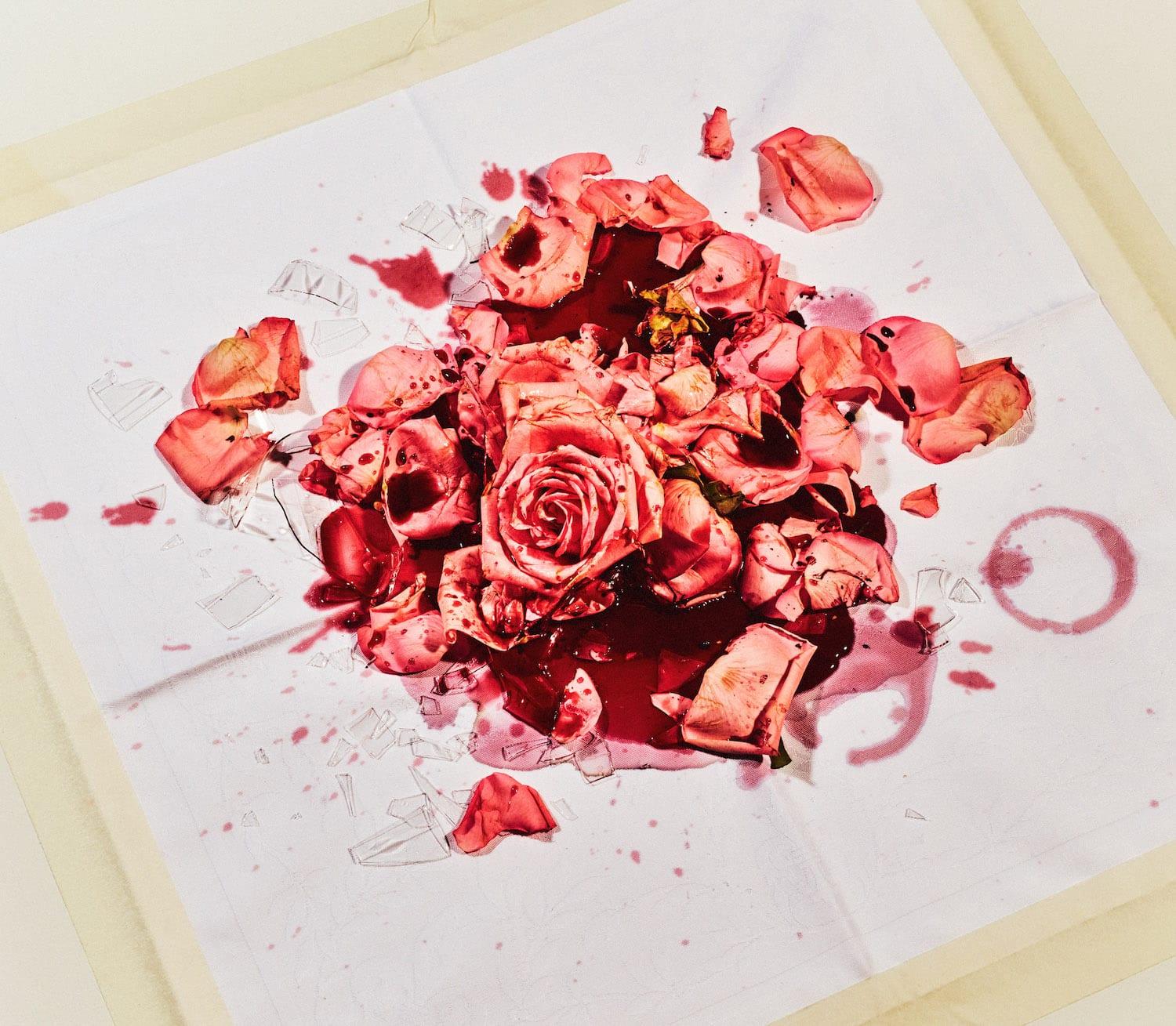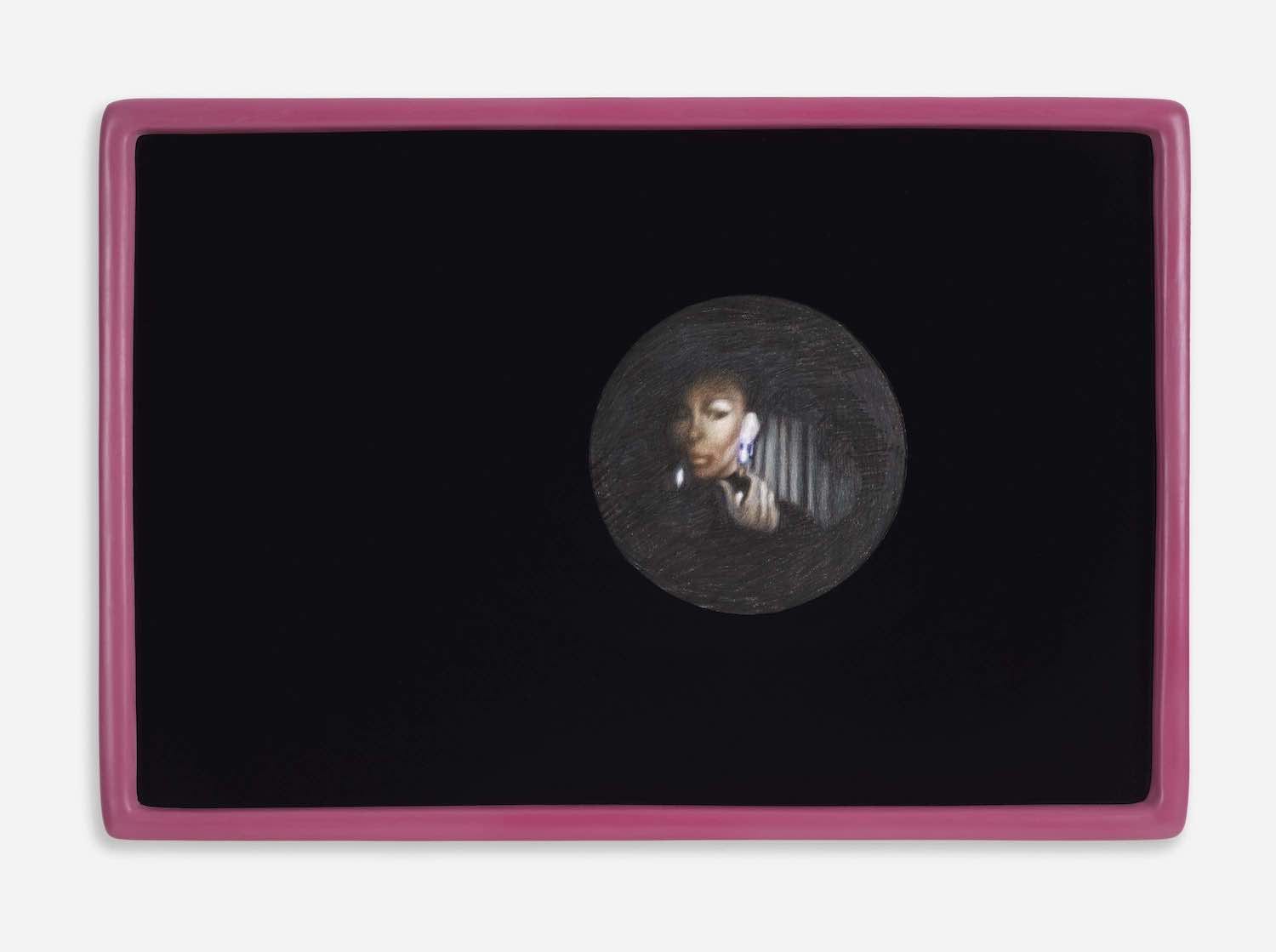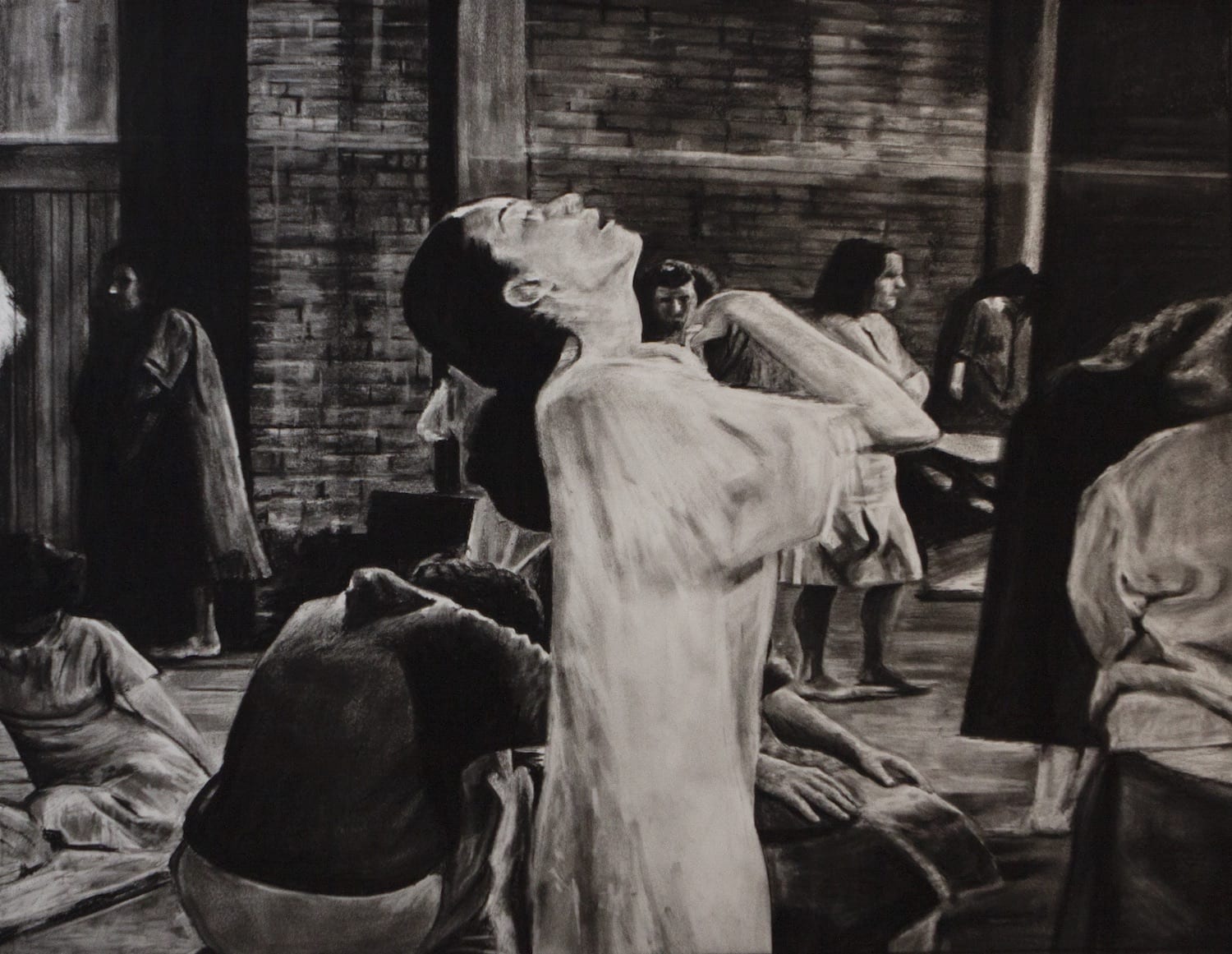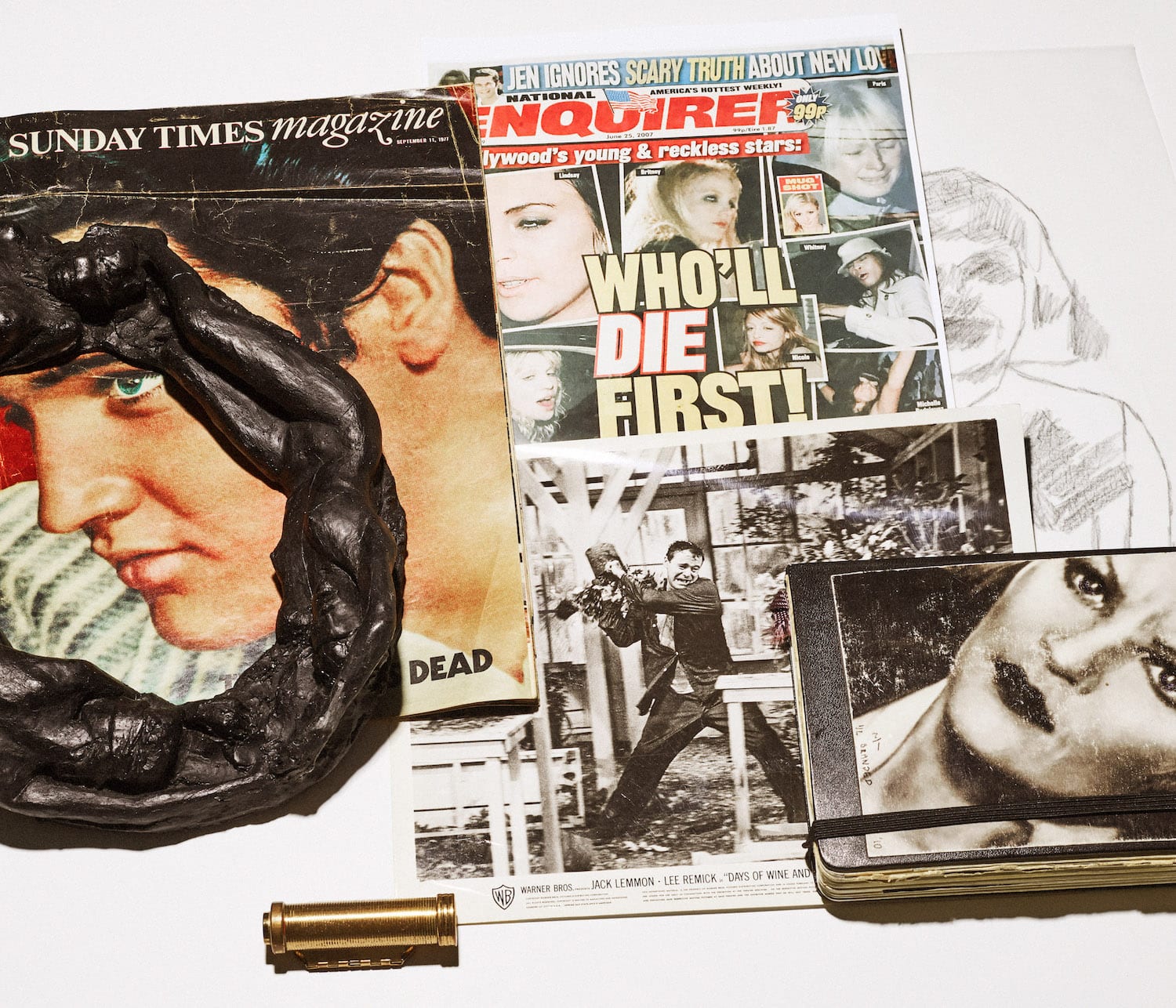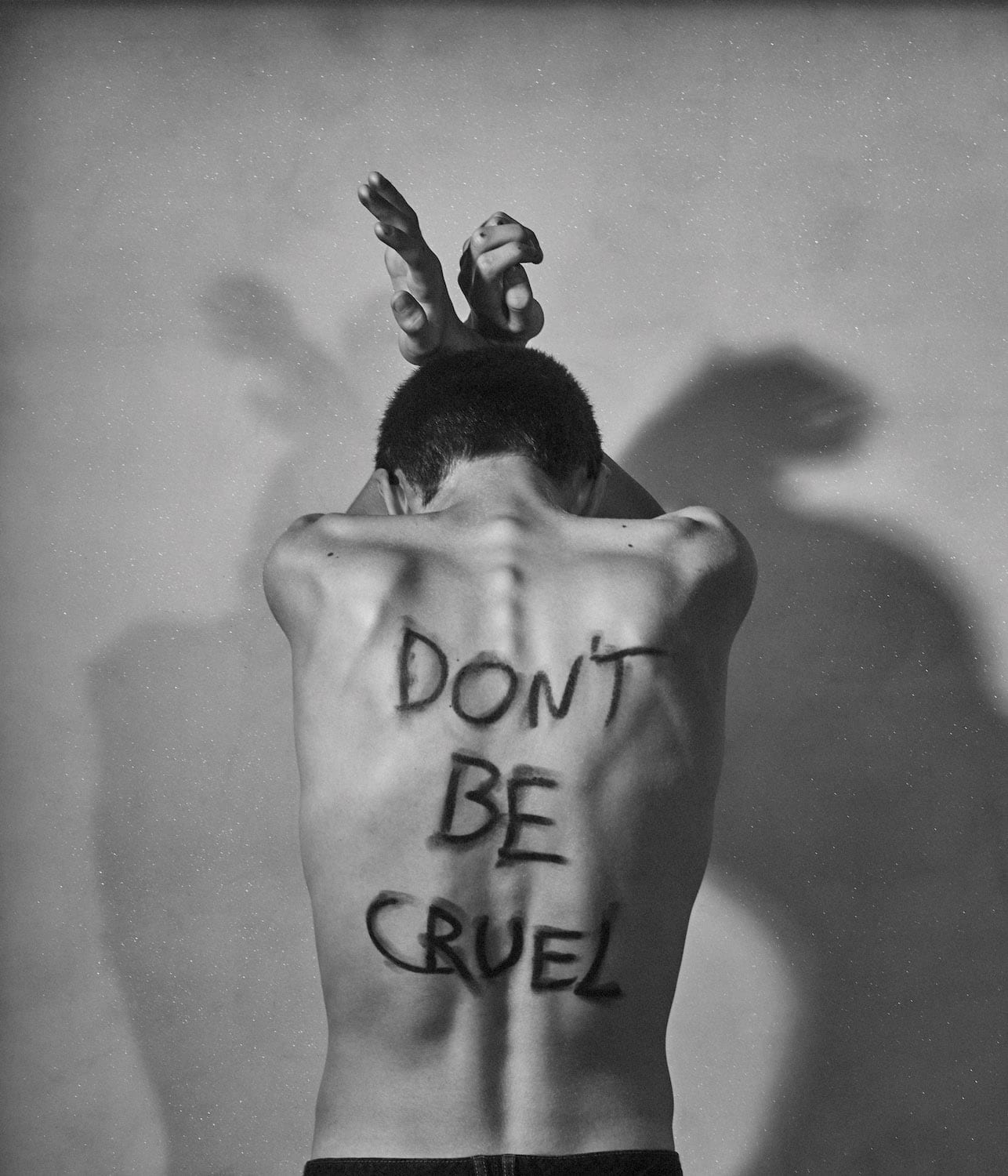De Anima is the Latin name given to a treatise written by the Greek philosopher and polymath Aristotle around 350 BC. On the Soul, as it translates to English, discusses the types and hierarchies of souls possessed by different living things, and posits that one’s soul forms the essence of who one is. In Book II of the treatise, Aristotle asserts that all animals can feel pleasure and pain and that this is the simplest form of perception. And, in feeling pleasure and pain, all animals must therefore also desire, concludes the philosopher.
Desire, pain, and pleasure bleed through both Nina Mae Fowler and Casper Sejersen’s work; two artists who are aesthetically-distinct, but entwined by the themes they interrogate. And it is this entwinement, framed by the concepts explored in De Anima, which emerge in a virtual exhibition of the same name at Cob Gallery’s digital space.
The De Anima exhibition charts an artistic exchange between Fowler and Sejersen, which began following the advent of the pandemic. The dialogue begins with a cardboard box, which Sejersen sent to Fowler, containing a leaf; a coiled up lead; a broken flashbulb; a portrait with tape; a white pencil; and the Ace of Spades.
Fowler responds to the package with a letter and drawing: “I saw a noose like wire, a broken flash bulb, a woman restrained, an abandoned key and these things combined led me to make this drawing,” she writes. “The drawing is based on Pier Angeli who committed suicide (age 39) from an overdose of barbiturates, having failed four previous suicide attempts.”
Angeli was in love with James Dean when she was just 22, but her mother and MGM studios forbade the relationship. She married someone else, and the story goes that Dean parked in front of the church where the ceremony took place and revved his motorcycle for its duration. Angeli would later write to a friend soon before her suicide: “I’m so afraid to get old … Love is now behind me, love died in a Porsche” — in reference to the death of James Dean 16-years earlier. Indeed, Fowler’s drawing burns with pain and unrequited desire; fraught with the longing and distress of the story that inspired it.
Meanwhile, Sejersen receives the box from Fowler, in which he discovers a rejected cast of a sculptural frame; an antique lipstick holder and mirror containing a secret; a sketchbook; a tracing of Judy Garland; The Sunday Times Magazine announcing Elvis’ death; and a studio still from Days of Wine and Roses (1962).
Initially, Sejersen is overwhelmed. But, soon he also responds with image and text: “I made the photographs together with my 14-year-old son Leo, as his generations wish for the future,” he writes. “As a pacifistic, but yet revolutionary way to make a change.” Where despair permeates Fowler’s drawing, Sejersen’s photographs of his son, his body inscribed with calls to action, radiate hope but also the potential for pain. Formally, the light resting on Leo’s spine in one references the work of Fowler, while the positioning of his head in the other speaks to the work of Man Ray.
The dialogue continues; a creative back-and-forth engendering each artist to create work amid a pandemic. Although every piece is compelling in and of itself, the collaborative process of making, and the related themes that emerge across both artist’s work, are too. Despite being displayed in the digital realm, the exhibition is multi-layered. The show reveals Fowler and Sejersen’s meditations and musings. But, also provides new perspectives from which to consider and understand their practices, individually and together.

